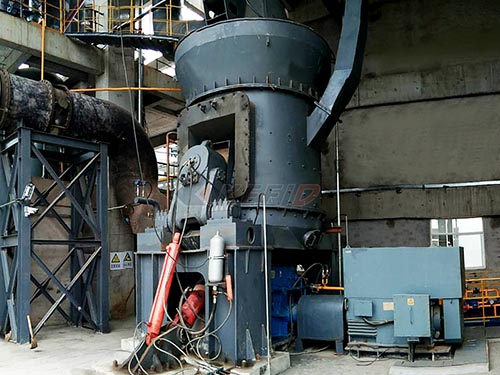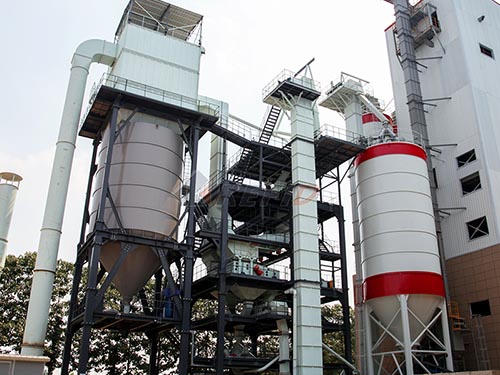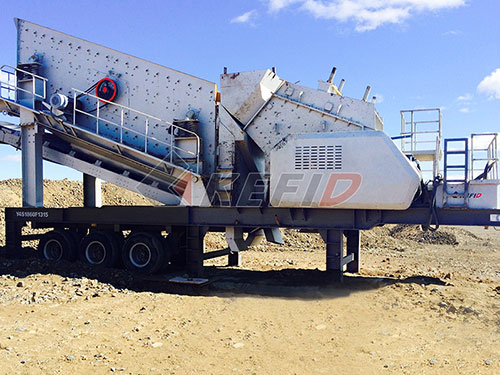The Ultimate Guide to Crushed Stone Driveways in the UK: Beauty, Value & Practicality
For generations, the distinctive crunch of tyres on gravel has signalled arrival at countless British homes. While block paving and tarmac dominate many modern developments, the crushed stone driveway remains a timeless, versatile, and increasingly popular choice across the UK. Offering a unique blend of natural aesthetics, cost-effectiveness, and relative ease of installation (with proper groundwork!), it’s a solution worthy of serious consideration for homeowners seeking character and value.
Why Choose a Crushed Stone Driveway? Core Advantages

1. Unbeatable Aesthetic Appeal & Versatility: Crushed stone provides an inherently natural look that complements traditional cottages, country houses, modern builds with clean lines, and everything in between. The variety of colours (from crisp whites and creams through warm golds and browns to striking greys and granites) and textures (angular vs. slightly rounded) allows for immense customisation to match your property’s architecture and landscaping.

2. Cost-Effectiveness: Generally speaking, crushed stone is one of the most budget-friendly driveway surfacing options available upfront. Compared to block paving, resin-bound surfaces, or high-quality tarmacadam installations using premium materials like HBM (Hot Rolled Asphalt), the material cost per square metre is significantly lower. Labour costs can also be reduced if you have DIY skills for spreading the top layer after professional groundworks.
3. Relatively Simple Installation (When Done Right): The core process – preparing the ground, installing robust edging/retention systems like treated timber or steel channels set in concrete haunching or concrete blocks laid on edge with deep foundations into compacted subsoil layers at least 300mm below finished surface level , laying geotextile membrane meticulously overlapped by minimum 300mm at joints , constructing a deep sub-base layer using well-compacted MOT Type 1 aggregate (ideally mechanically vibratory plate compacted in layers no thicker than 150mm loose depth), followed by the decorative stone – is less complex than intricate block paving patterns or requiring specialist tarmac laying plant requiring significant access space.
4. Excellent Permeability: When installed correctly over an uncompacted subsoil base beneath the engineered sub-base layers designed specifically for drainage capacity according to SUDS principles adopted under UK Building Regulations Part H regarding rainwater disposal systems including soakaways where necessary based upon soil percolation test results conducted prior installation commencement date

Leave a Reply